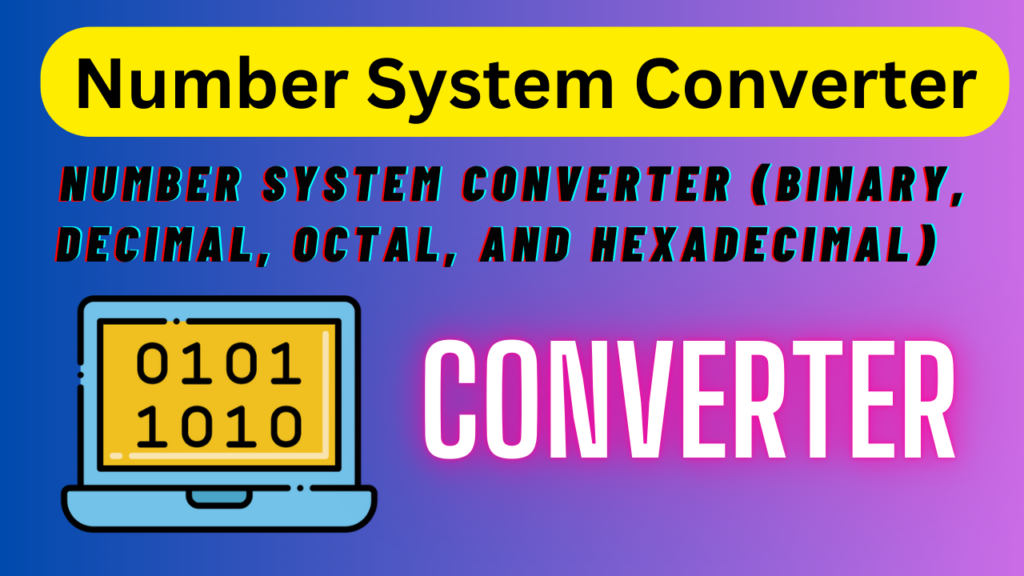Advanced Software Cost Estimator – COCOMO Model
Note: The COCOMO (Constructive Cost Model) is a model used to estimate the effort, time, and cost of a software project based on the estimated lines of code. This calculator helps in understanding the resources needed for different project types.
In the fast-evolving landscape of software development, accurately estimating project costs is crucial for ensuring successful project management and budget adherence. One of the most reliable methodologies for Software Cost Estimator – COCOMO Model (Constructive Cost Model). This article delves into the COCOMO model, its types, and how it can be utilized as an effective software cost estimator.
Table of Contents"Software Cost Estimator – COCOMO Model
What is the COCOMO Model?
The COCOMO Model is a cost estimation model developed by Barry Boehm in the early 1980s. It provides a framework for estimating the effort, time, and cost associated with software development projects based on various parameters, including the size of the project, complexity, and team capabilities.
Key Features of COCOMO
- Size Estimation: The primary input to the COCOMO model is the estimated size of the software, measured in KLOC (Kilo Lines of Code).
- Project Types: COCOMO distinguishes between three project types:
- Organic: Small, simple projects with less than 50 KLOC.
- Semi-Detached: Medium projects ranging from 50 to 300 KLOC.
- Embedded: Large and complex projects exceeding 300 KLOC.
Types of COCOMO Models
The COCOMO model includes three types of estimation:
- Basic COCOMO: A simple estimation based on KLOC, providing quick estimates.
- Intermediate COCOMO: Includes additional cost drivers like team experience, tools, and reliability requirements.
- Detailed COCOMO: The most sophisticated, incorporating all characteristics from the intermediate model along with the individual project phases.
Software Cost Estimator – COCOMO Model Formula
The COCOMO model calculates effort (in person-months), development time (in months), and team size using the following formulas:
Effort (E):
E = a × (KLOC)b
Development Time (T):
T = c × (E)d
Team Size (S):
S = E/T
Where:
- (a), (b), (c), and (d) are constants that vary based on project type (organic, semi-detached, embedded).
COCOMO Constants for Different Project Types
| Project Type | a | b | c | d |
|---|---|---|---|---|
| Organic | 2.4 | 1.05 | 2.5 | 0.38 |
| Semi-Detached | 3.0 | 1.12 | 2.5 | 0.35 |
| Embedded | 3.6 | 1.20 | 2.5 | 0.32 |
Using the Software Cost Estimator – COCOMO Model
To effectively utilize the Software Cost Estimator – COCOMO Model, follow these steps:
- Estimate the Size: Determine the estimated lines of code (KLOC) for the software project.
- Select Project Type: Identify the project type based on complexity and size.
- Apply the COCOMO Formulas: Use the formulas provided to calculate effort, development time, and team size.
- Analyze Results: Evaluate the results to make informed decisions regarding project management and budgeting.
Benefits of Using the COCOMO Model
- Accuracy: Provides a systematic approach for estimating project costs, leading to more accurate predictions.
- Flexibility: Can be adapted to various project types and sizes.
- Comprehensive Insights: Helps in understanding the relationship between project size and development effort.
Conclusion
The Software Cost Estimator – COCOMO Model is an invaluable tool for software project managers seeking to estimate costs effectively. By understanding its components and utilizing the provided formulas, organizations can enhance their project planning and resource allocation processes. Whether you're working on a small organic project or a large embedded system, the COCOMO model offers a robust framework for accurate software cost estimation.
Final Thoughts
Incorporating the COCOMO model into your project management practices not only facilitates better budgeting but also promotes successful project completion. Understanding the dynamics of software development costs through this model is essential for achieving operational efficiency and competitiveness in today's market.
By leveraging the COCOMO model, you can optimize your software development processes and ensure your projects remain on track and within budget.
FAQs
1. What is the COCOMO model in software cost estimation?
The COCOMO (Constructive Cost Model) is a widely used algorithmic approach for estimating the cost, effort, and time required to develop a software project. Developed by Barry W. Boehm in 1981, it helps project managers make informed decisions by predicting the resources needed based on project size, complexity, and other factors.
2. How does the COCOMO Model work?
The COCOMO model works by using equations and parameters that account for factors like project size, team capabilities, and technology stack. It estimates effort (in person-months), development time, and productivity using project-specific inputs.
Three levels of the COCOMO model:
1. Basic COCOMO: Estimates based on the size of the software in lines of code (LOC).
2. Intermediate COCOMO: Includes cost drivers such as team experience, tools, and platform.
3. Detailed COCOMO: Factors in individual components of a project, making it more precise.
3. What are the key cost drivers in the COCOMO model?
Key cost drivers in the COCOMO model include:
1. Product attributes (e.g., reliability, complexity).
2. Hardware attributes (e.g., memory, storage).
3. Personnel attributes (e.g., team experience, capability).
4. Project attributes (e.g., tools, schedule constraints).
These drivers influence effort and productivity estimates significantly.
4. Why is the COCOMO model important for project management?
The COCOMO model is essential because it provides a structured way to estimate software project costs and timelines. It helps:
🔸 Predict budget requirements.
🔸 Avoid underestimation that could lead to project delays.
🔸 Compare multiple project scenarios for better planning.
5. What are the limitations of the COCOMO model?
While effective, the COCOMO model has some limitations:
1. Dependency on accurate input data: The model’s accuracy relies on the quality of initial estimates, such as lines of code.
2. Not suitable for small or non-standard projects: Projects with high uncertainty or experimental technologies may not fit well.
3. Outdated for modern methodologies: Agile and DevOps practices aren't fully accounted for in classic COCOMO.
6. What is the difference between COCOMO I and COCOMO II?
COCOMO II is an updated version of the original model (COCOMO I) to address modern software development practices. Key differences:
1. Support for modern development methodologies: Includes object-oriented and component-based software.
2. More cost drivers: Adds factors like team cohesion and reuse of code.
3. Better size estimation: Uses function points and LOC interchangeably.
7. Can the COCOMO model be integrated with other estimation methods?
Yes, the COCOMO model can complement other estimation methods like:
🔸 Function Point Analysis for size estimation.
🔸 Expert Judgment to validate automated predictions.
🔸 Parametric Models for risk adjustment.
Integration improves accuracy and reduces the risks associated with relying on a single method.
Sources:
8. Are there tools available for using the COCOMO model?
Yes, several tools automate the COCOMO estimation process, including:
🔸 COCOMO II Toolkit (developed by USC).
🔸 SLIM-Estimate (by QSM).
🔸 SEER-SEM (by Galorath).
These tools allow quick and accurate cost estimations by implementing the COCOMO equations with user-friendly interfaces.
9. How accurate is the COCOMO model?
The accuracy of the COCOMO model depends on the reliability of input data and the complexity of the project. While it provides a useful baseline, actual results may vary due to unforeseen challenges or changes in scope. Expert adjustments and regular updates improve its precision.
10. How can I learn more about the COCOMO model?
To dive deeper into the COCOMO model, explore the following resources:
1. Books: "Software Engineering Economics" by Barry Boehm.
2. Courses: Online platforms like Coursera and Udemy offer software cost estimation tutorials.
3. Research Papers: IEEE and ACM digital libraries have a wealth of studies.
4. Tools: Experiment with COCOMO II tools provided by USC or commercial vendors.


